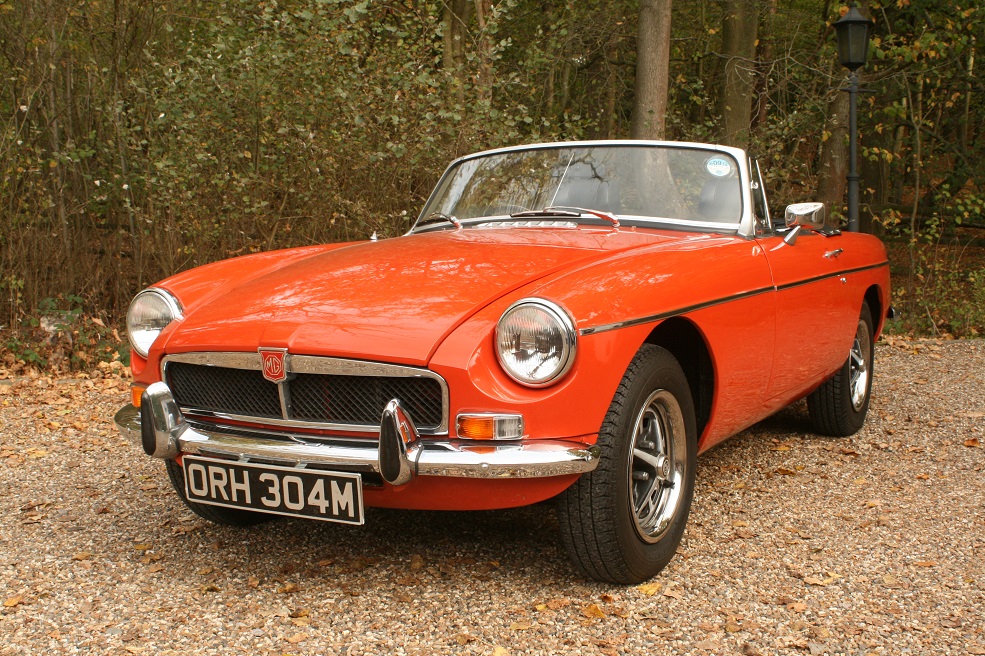From this month, vehicles manufactured before January 1, 1979 can display traditional ‘black and white’ number plates according to the government’s Driver and Vehicle Licencing Agency – a change that has coincided with older style plates hitting the headlines for confusing automatic number plate recognition (ANPR) surveillance systems.
ANPR software is increasingly deployed as the main enforcement measure at car parks, where it clocks the time and licence plate details of entering vehicles, and by police on the county’s roads to detect motoring offences and track cars belonging to suspects. But according to the Telegraph, non-reflective plates legally fitted to cars under the historic vehicles taxation class are reportedly harder for ANPR to detect.
Previously, the older style non-reflective plates were only legal on pre-1973 cars, but an overhaul of licence plate laws in 2015 meant that vehicles manufactured before January 1 1975 could display them providing it was registered within the ‘historic vehicles’ tax class. Although there’s been some confusion over this issue, current DVSA literature says this does roll forward in line with the historic vehicle tax class, meaning that pre-1979 vehicles registered as historic can now wear black and silver plates.
The National Police Chiefs Council admitted that classic car number plates can be misread, but added that they are rarely involved in criminality. “Due to their distinctiveness, they are easily identifiable by other means,” a spokesperson told the Telegraph.
Many car parks have now removed barriers to their car parks, instead relying on ANPR to detect customers’ licence plates and asking them to pay at a machine by entering their car details, meaning drivers of historic cars can often park for free. The Federation of British Historic Vehicle Clubs (FBHVC) told the Telegraph that 20 of its members had recently confessed to the fact their cars were routinely missed by the cameras: “In the cases of supermarkets you wouldn’t be challenged at all because the system simply wouldn’t recognise you had ever been there.”

Such media attention has led to fears that number plate rules may be changed for historic vehicles, but while some may benefit, several motorists have reported getting stuck inside car parks which use ANPR but still have barriers, as they have not been able to pay for the ticket needed to get out. Certainly, this is something we have personally experienced at airports, and we’ve heard it happening with cars like some Alfas, which still have reflective plates but are mounted to one side rather than centrally.
The DVLA says that the rolling allowance for historic plates “allows your vehicle to retain its authenticity and be in keeping with its age.” However, reflective plates became popular in the late 1960s, and most cars from the 1970s would’ve never seen black and silver plates at all. It’s a matter of taste, but we’re sure we’re not alone in thing non-reflective plates look a bit wrong on a 1978 car? Share your views with us at ccb.ed@kelsey.co.uk.




